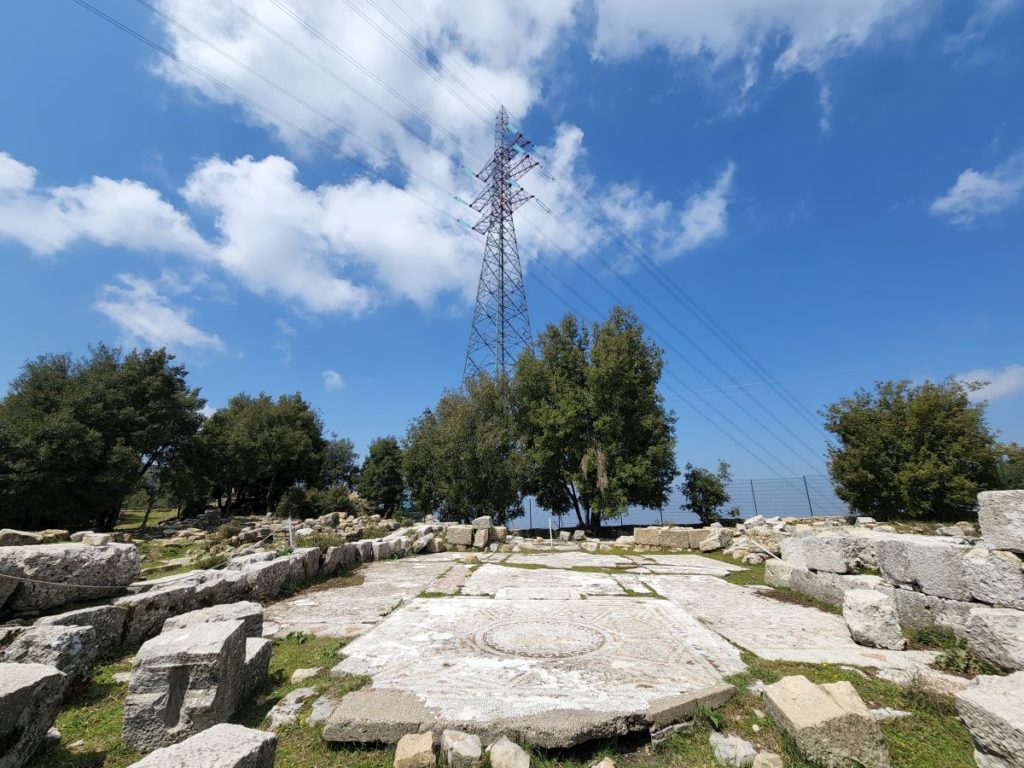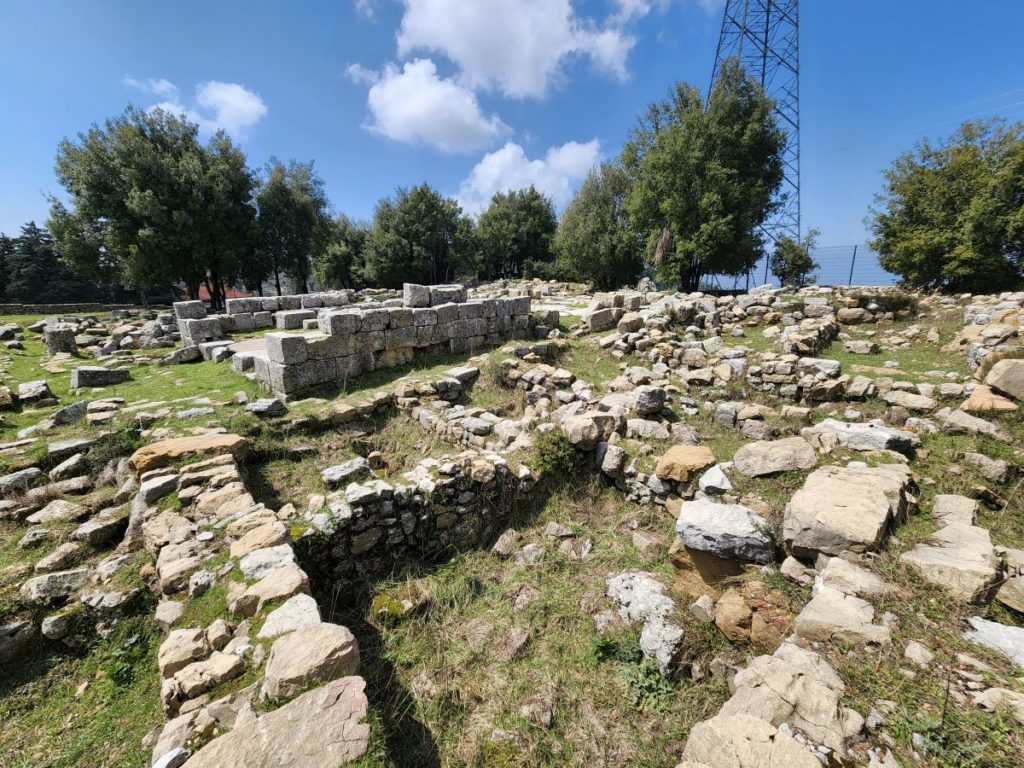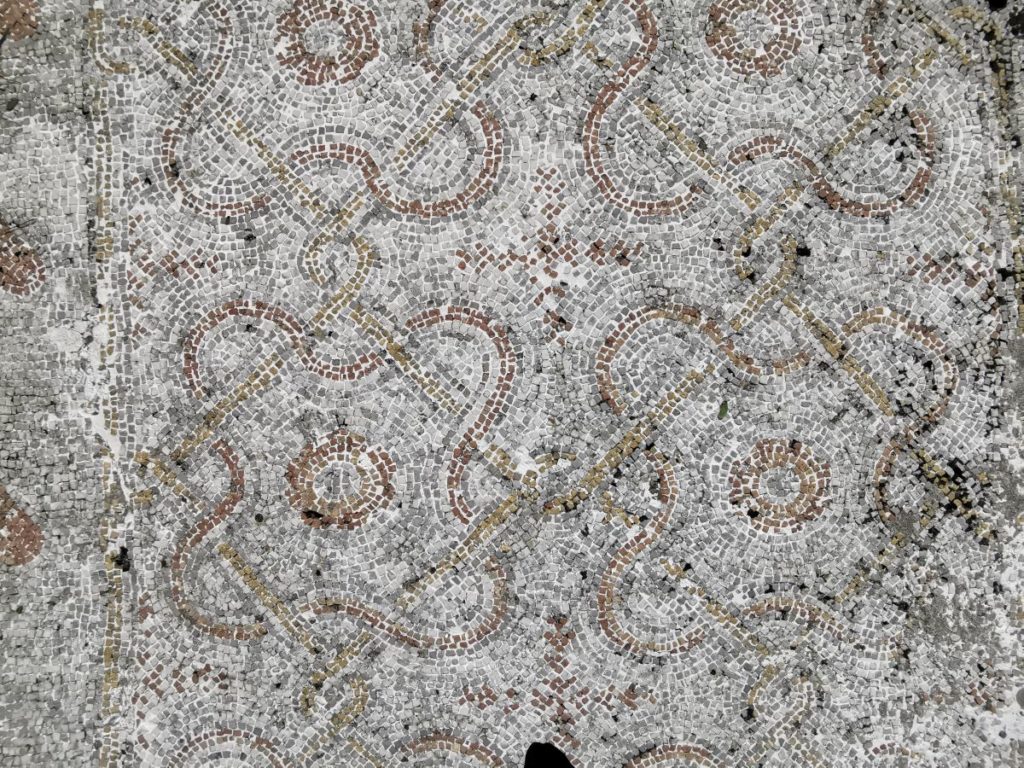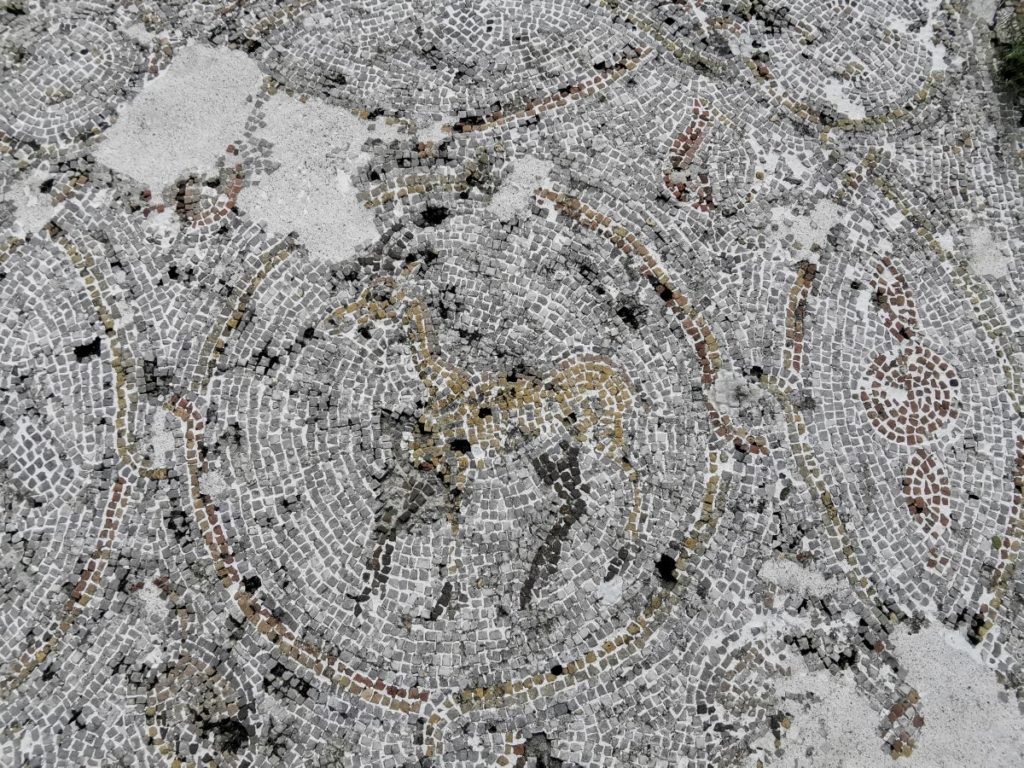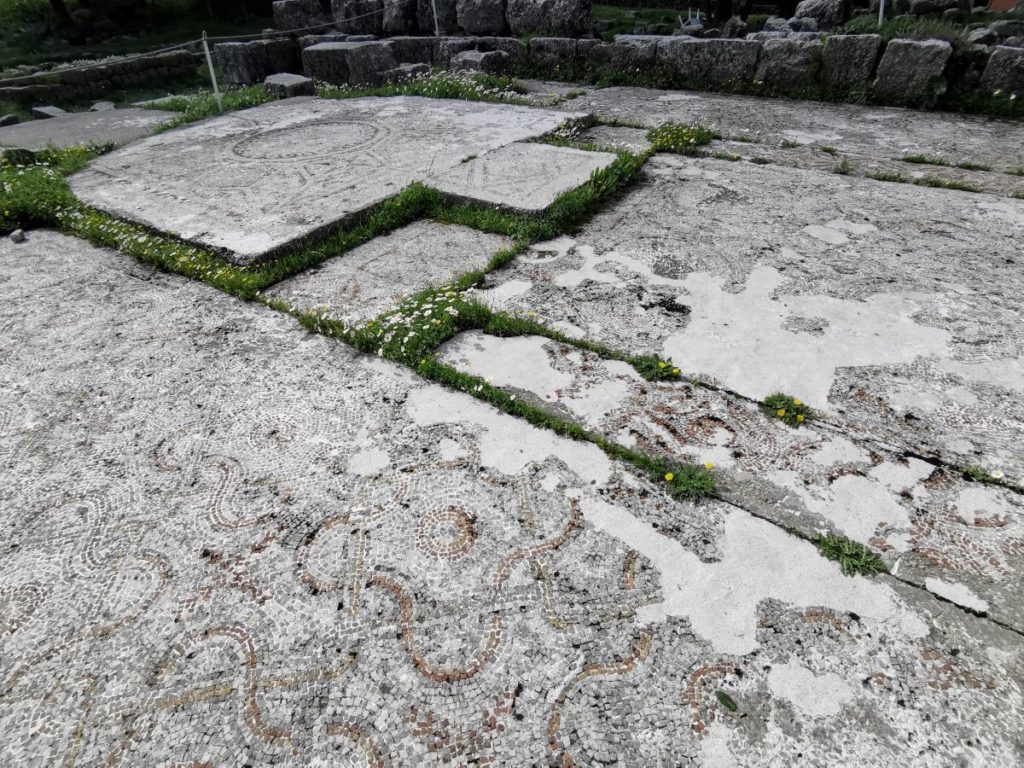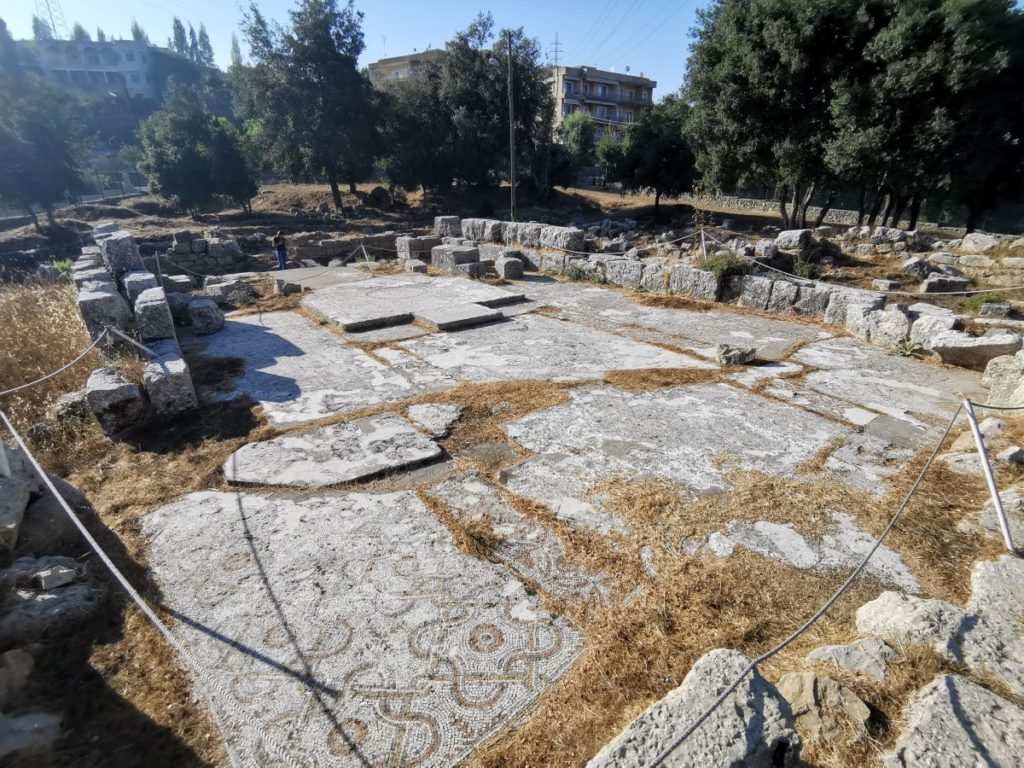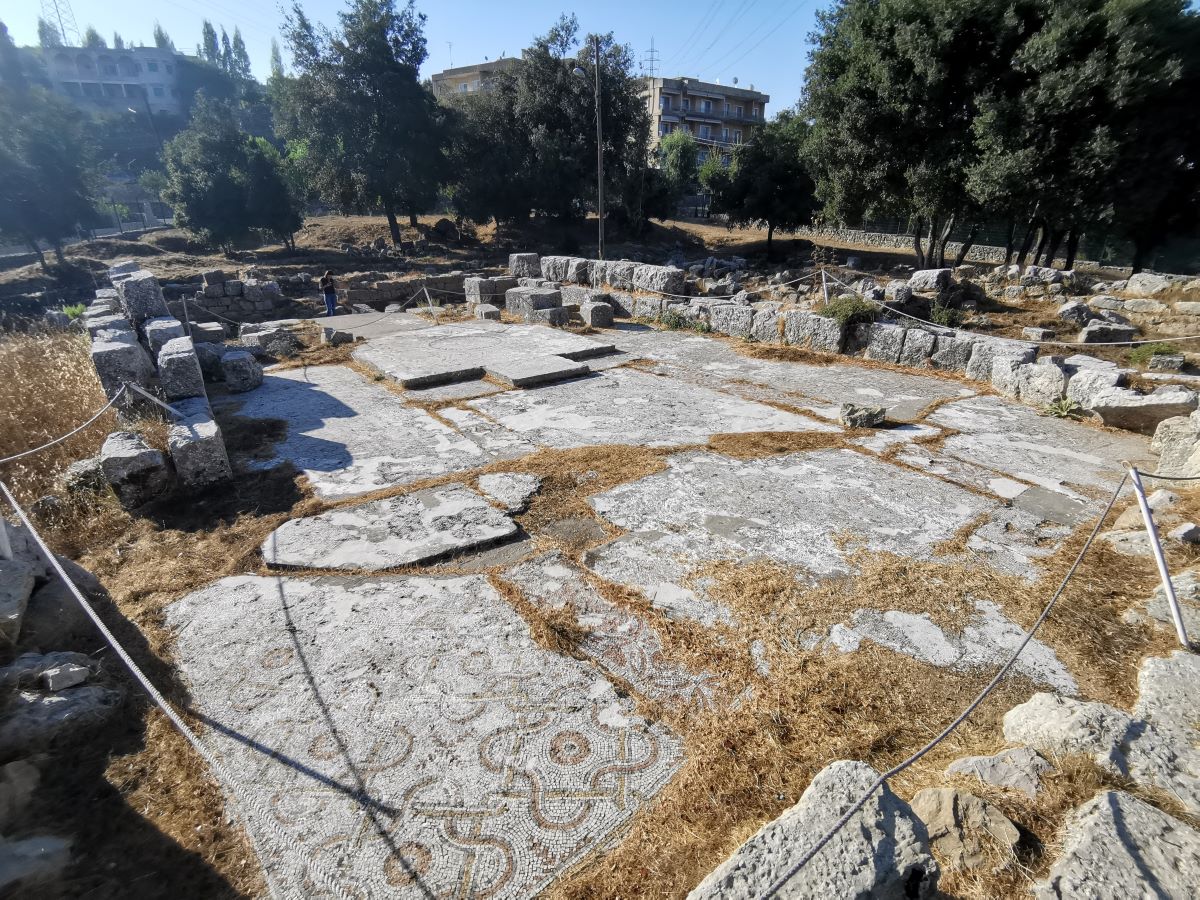The site of Kabaal, located in Ghine village, testifies to a significant human occupation that dates back to antiquity. Although the area was barely excavated, the site features the remnants of Greco-Roman and Byzantine era structure foundations.
This article presents a brief description of the site based on what has been discovered so far by scholars.
Toponym
Kabaal, mentioned by archeologist Ernest Renan during his “Mission De Phenicie” trip to Lebanon in 1860.
Kabaal may have several meanings, though the main theory revolves around the Tomb or the House of Baal (Lord).
Structures
The site features the remnants of a small settlement, centered by a Byzantine church built on top of a Greco-Roman era pagan temple.
The following elements can be seen on site:
Houses – Cubic shaped structures can be spotted all around the archeological site. It formed a dwelling quarter of densely built houses from local limestone, separated by a narrow zigzag-shaped street. It is unknown if the houses had an upper story.
Pottery shreds – the latter is densly found on site, which testifies to a significant production of pottery at Kabaal. However, it is unclear where the pottery workshop is located as further excavations are needed to identify its location between the structures.
Well – It can be seen on the south-eastern side of the site, most likely used for religious practices, drinking and farming.
Temple – Elements of the converted temple can be seen on site, such as columns, temple stairs and walls.
Church – The Byzantine church, built on top of the pagan temple, is the main attraction of the site. Rectangular in shape with 10x15m dimensions, it had 3 naves and spans. It holds a beautiful mosaic that feature the following elements:
*Grid of circles and tangent spindles in interlacing cables: the circles lodge animals such as whales and antilops.
*Octagon developed with an eagle with spread wings in the central medallion. The eagle was, in antiquity, the attribute of Zeus-Jupiter; it was transmitted to Christians to assimilate to Christ and evoke immortality.
*Rinceau motifs, specifically that of ivy, or hedera in Latin. The ivy symbolizes the permanence of the vegetative force. Like the vine, it represents eternity.
*Tangent circles of four spindles and interlacing compositions.
Other Attraction
Not far from the site, the famous Ghine Stele is a must visit as well.
Karim Sokhn
Tour Operator & Tour Guide
References
*Mission De Phenicie, Ernest Renan, 1860.
*La Vie Religieuse Au Liban Sous L’Empire Romain – Julien Aliquo
*Les Mosaiques ProtoByzantines Du Liban, Iconographie et Symbolisme, Nada Helou
